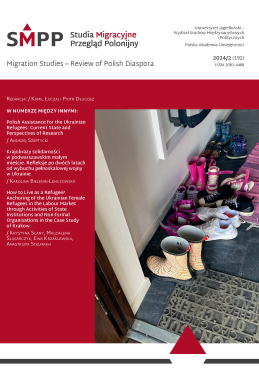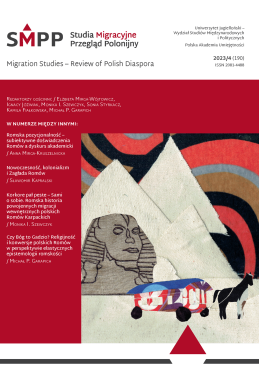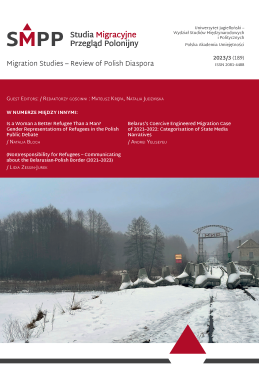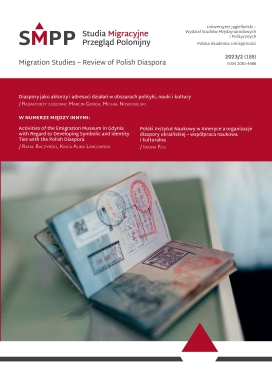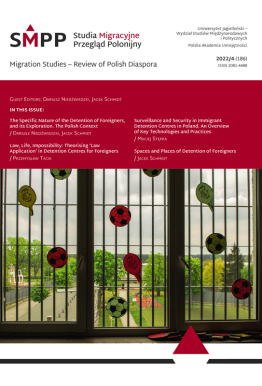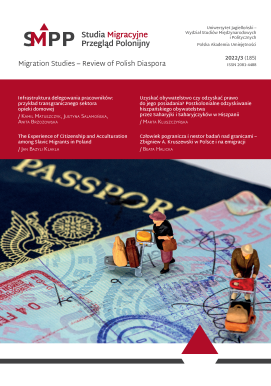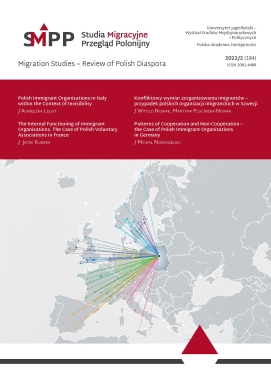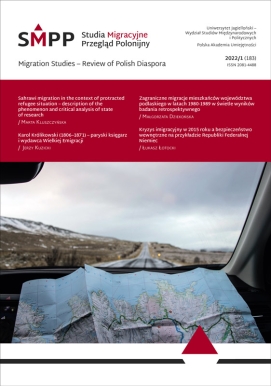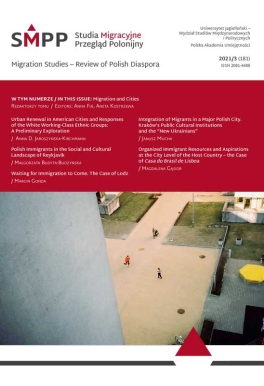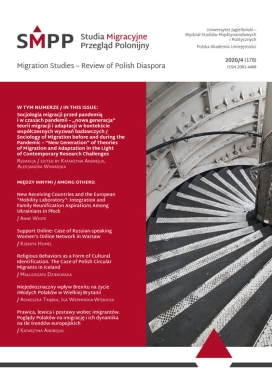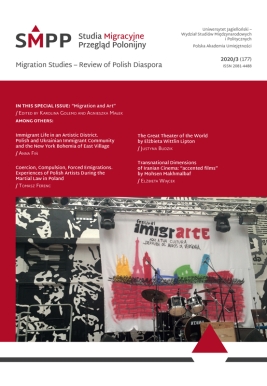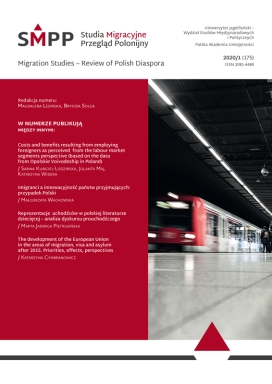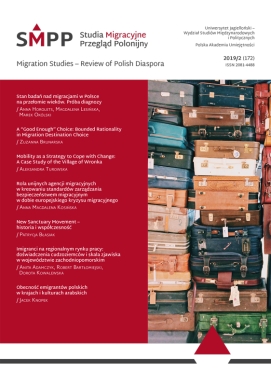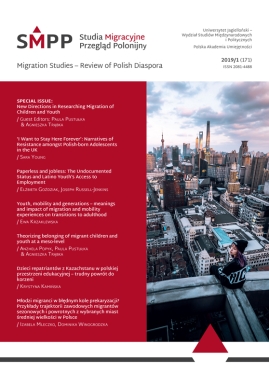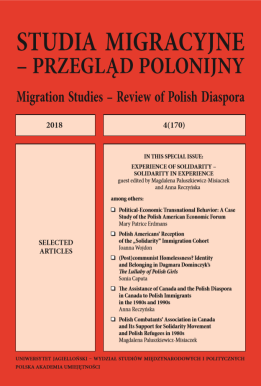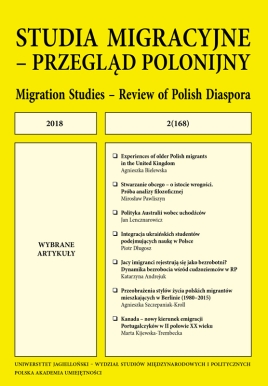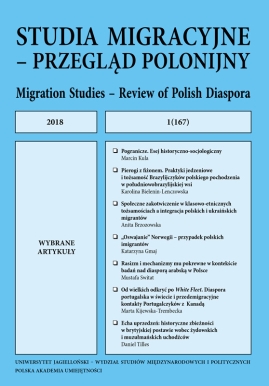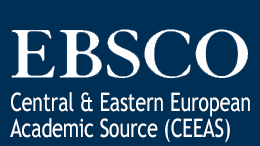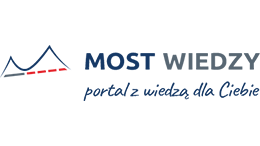Children are individuals capable of expressing their wishes and needs, making decisions and taking action in order to influence their own living situation and contribute to social life. Furthermore, children’s participation is essential to their development, learning and well-being, and particularly crucial to the integration of migrant children. Accordingly, societal and scientific discourses emphasize the need for the participation of children, including as a substantial element of integration processes. However, research shows a tension between theoretical discussions and concepts, on the one hand, and practices in educational settings on the other. Educational contexts vary in their conceptualizations of children’s agency and participation, as well as the degree to which they provide opportunities for participation or rather set restrictions upon it.
To illuminate this dependency on respective educational settings in more detail, data from the German sample of the first phase of the CHILD-UP research and innovation project were used to explore two research questions. First, potential differences in perceptions and understanding of children’s participation were investigated by surveying four groups of professionals, namely teachers, educators in early childhood care, after-school educators and social workers. Second, the analyses explored potential associations between intercultural aspects, integration and participation among the four groups of professionals.
Overall, the results showed that children’s participation is emphasized and supported in each of the examined educational settings, but also reveals differences according to school. More specifically, schoolteachers were more reserved about participation than the other groups of professionals. Moreover, although all professionals emphasized migrant children’s integration, a stronger emphasis on assimilation was observed for teachers, which could be explained by structural and normative conditions in the educational setting of school.
The results point to the need for a further examination of these differences by focusing on the interplay between the normative requirements, structural conditions, institutional tasks, as well as professional attitudes of different professions in education. Accordingly, relational approaches to the concept of children’s agency are applied to discuss whether and how relational conceptualizations of participation can overcome an essentialist perspective on children’s participation and may perhaps shed light on the interconnection between participation and integration according to the institutional character of different educational settings.



